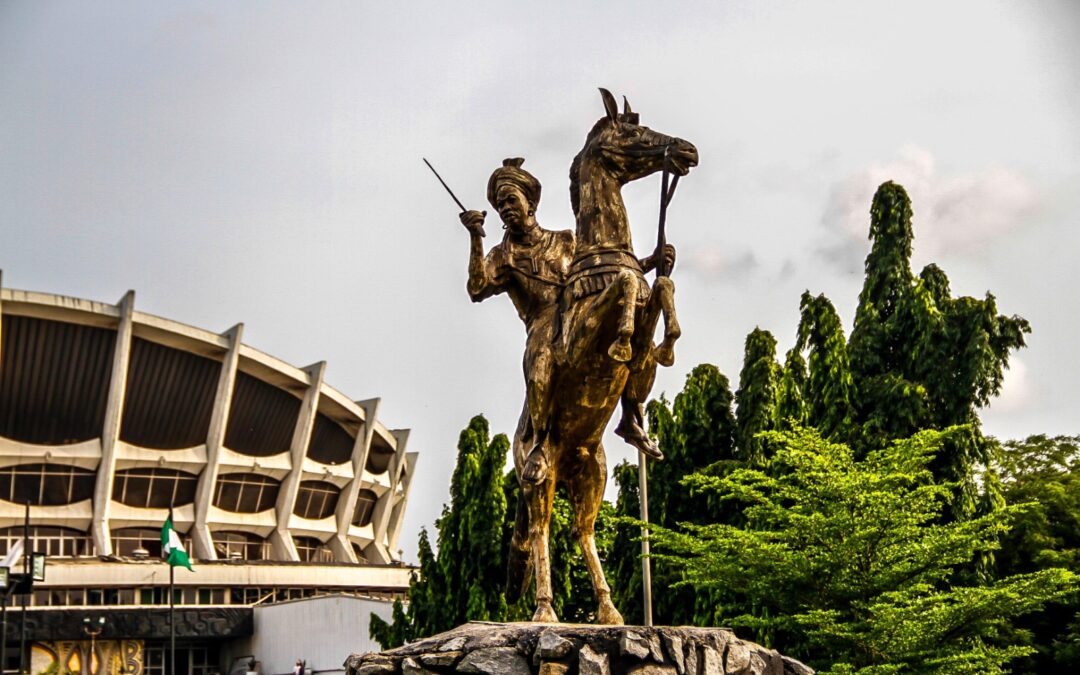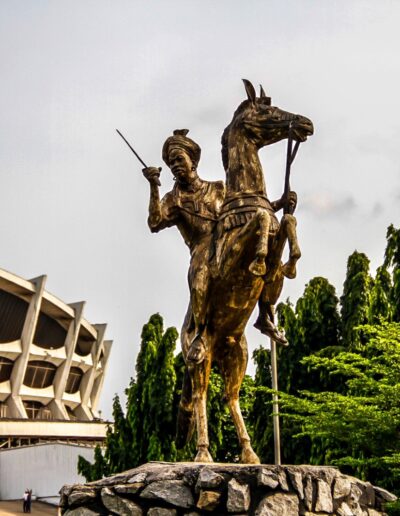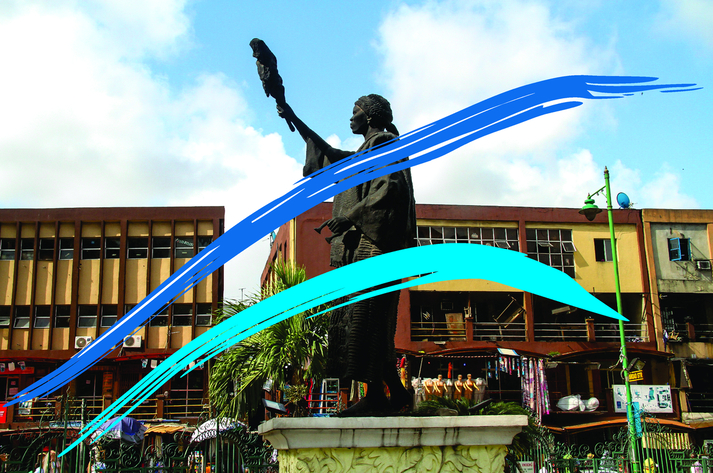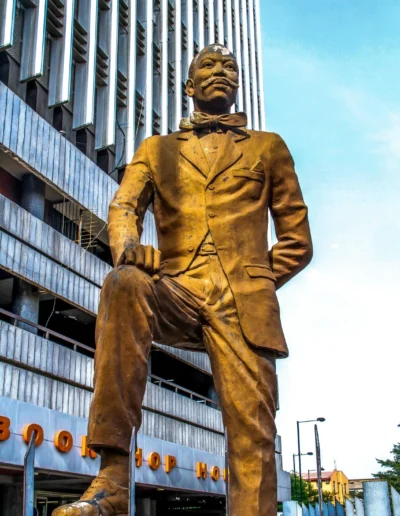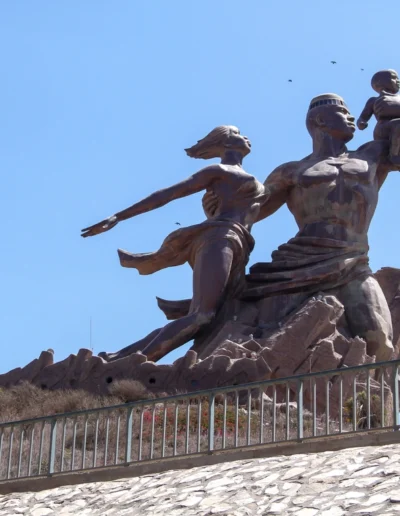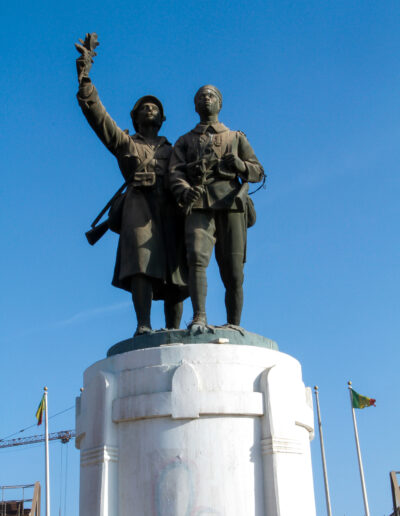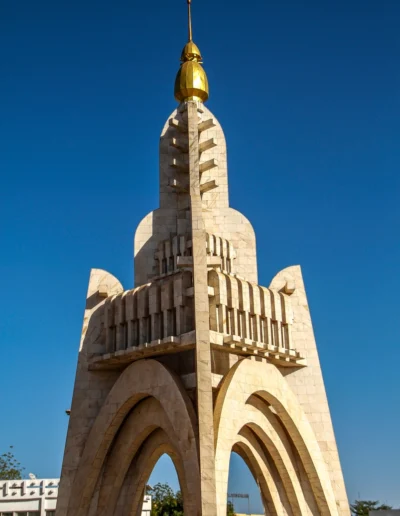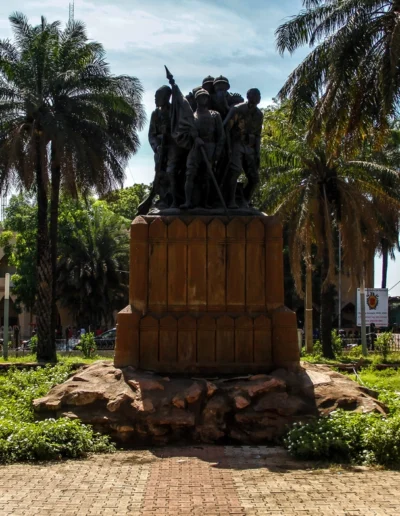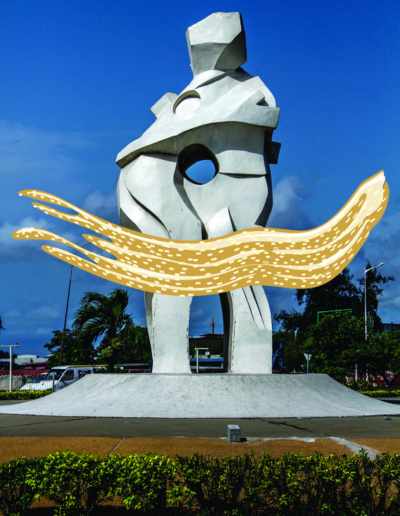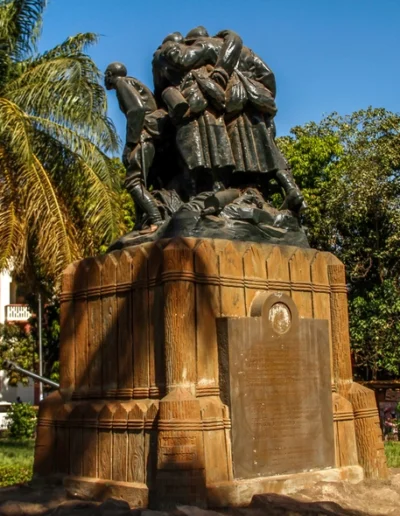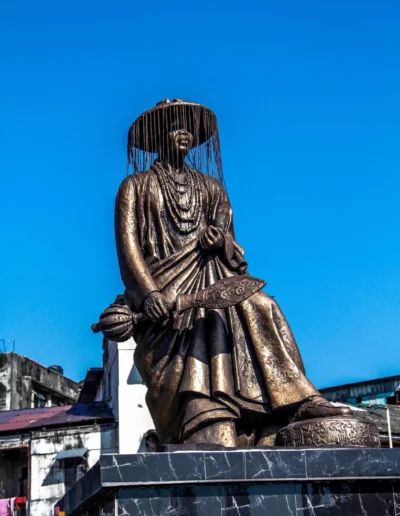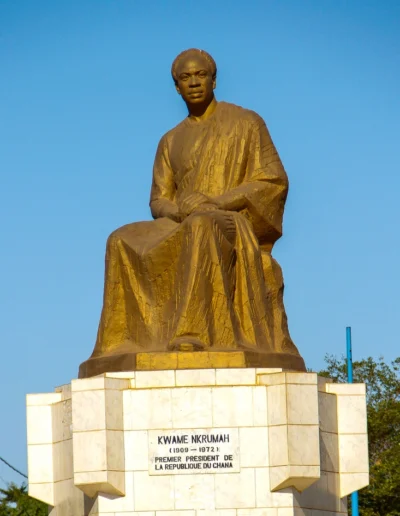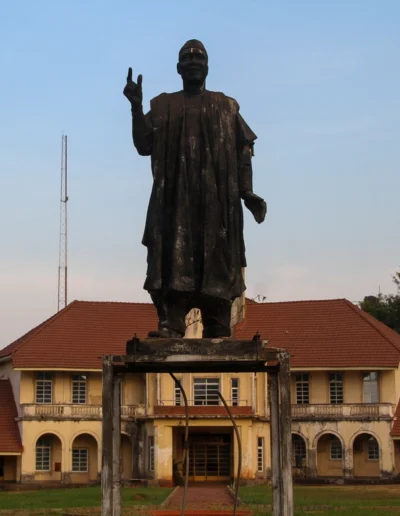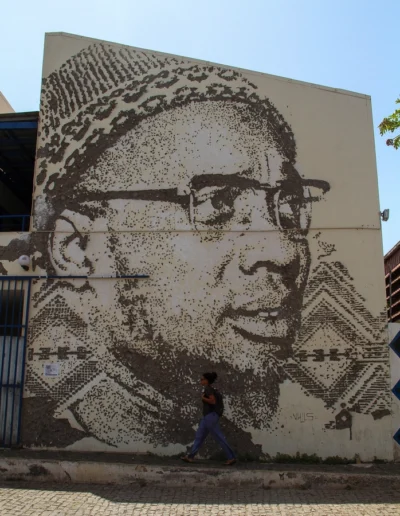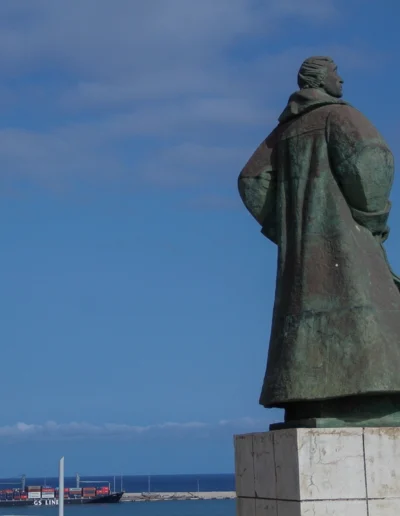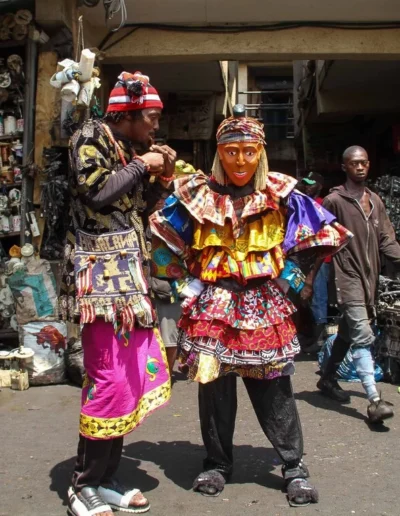This project seeks to investigate statues and monument as a symbol of memory in post-colonial African cities.
Statues began to appear in Public spaces on the African continent when the colonial masters began to scramble for spaces on the continent. They used them to mark their territory and immortalize themselves. Post colonialism saw African leaders imbibed this culture and began erecting statues of themselves in public spaces.
As the project developed, the need to investigate monuments became urgent. The connection between statues and monuments became glaring. Statues represents people while monuments represent a certain event in the history of a space. In the course of my research, i discovered their connection with Power, time and space.
In pre-colonial Africa, among the Igbo tribe in eastern Nigeria where I happen to come from, people were immortalized by masquerades. They make a specific costume every year and have someone wear it dancing around the village square to mark a celebration that reminds them of a certain person who lived in a certain time.
In Yoruba culture we have the Egungun masqurade which has spread into other parts of West Africa. One may argue about statues being in Africa long before colonialism. Yes they were statues in the Benin Kingdom when the Portuguese came. They were made specifically for the King and in the confines of his palace.
Nowadays, a lot of things have changed, they just erect a statue of such person in a public space or dedicate a monument in their honor. It is really interesting how these statues and monuments are shaping public spaces on the continent and being used to preserve culture.
As much as these monuments are used to preserve culture, this project seeks to reimagine postcolonial Africa and who should be honored considering the fact that most of the statues hanging in public spaces are of powerful people who were slave merchants.
This project is inspired by the past and made for the future, it also seeks to explore memory in the present, whom it belongs to, and who should be remembered in our spaces.

